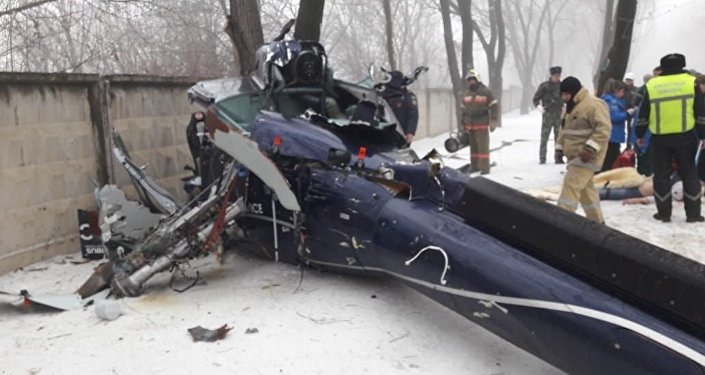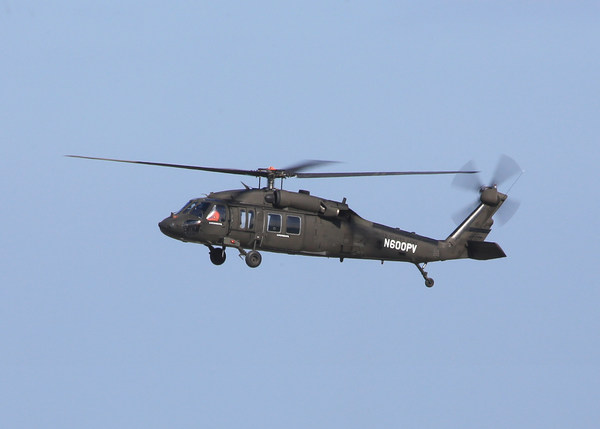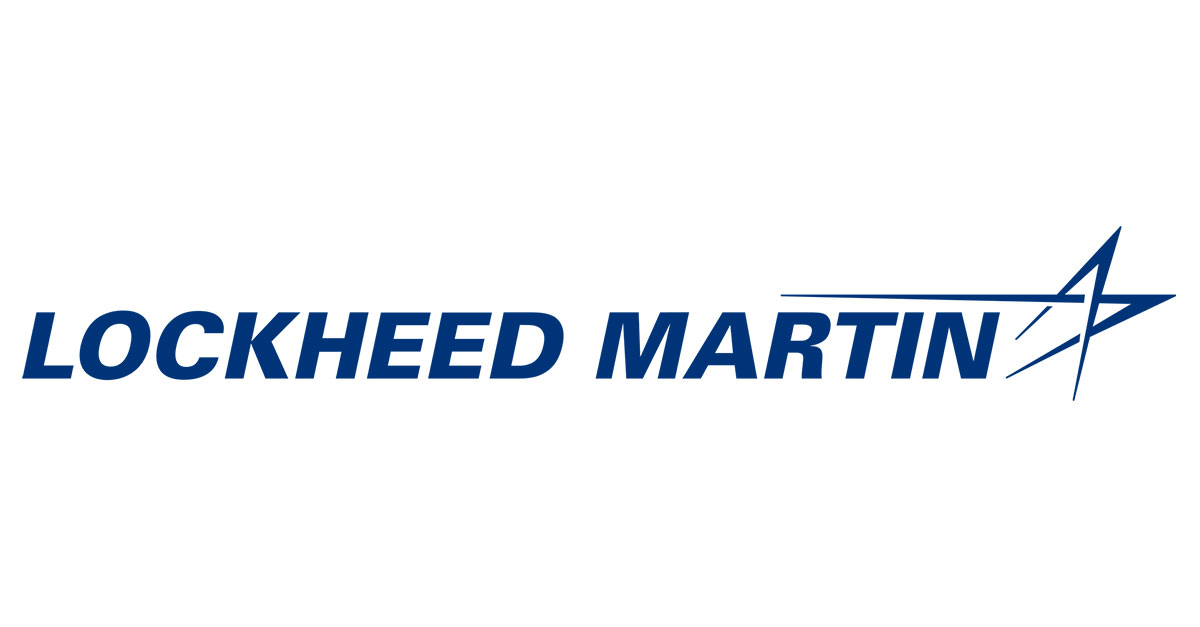Kindly post a link to the OP as well, as per forum rules. Thanks!Mil Mi-8 heli crashed on 27 March in Kazahstan during special forces excersise. The platfoem was an upgraded Mi-8MT. The incident took place under harsh climatic conditions. All Kazakh Mi-8-series rotorcraft have been grounded until further notice. A total of 13 Kazakh servicemen were killed.

You are using an out of date browser. It may not display this or other websites correctly.
You should upgrade or use an alternative browser.
You should upgrade or use an alternative browser.
Attack & Multimission Helicopters
- Thread starter UAE
- Start date
Boeing suggests propulsor, winged AH-64 Apache variant for US Army
The company says it would have increased range and speed – capabilities initially envisioned for the US Army’s Future Vertical Lift Capability Set 3, a medium-lift utility and attack rotorcraft. However, because the attack requirement was absent from the service’s latest development iteration – the Future Long Range Assault Aircraft (FLRAA) programme, which was unveiled in April – Boeing says the Compound Apache could fulfill the role in the future.
“It appears [the US Army's] focus is on the assault variant,” says Randy Rotte, Boeing’s director of business development for cargo helicopters and Future Vertical Lift programmes.

Boeing Compound AH-64 Apache model in wind tunnel
Boeing
The Compound Apache would retain its tail rotor to counteract torque, in addition to a propulsor and wing. Boeing notes the configuration is similar to the Lockheed AH-56 Cheyenne, a cancelled programme to develop and produce a compound attack helicopter for the US Army in the 1960s.
Boeing has put a subscale model of the Compound Apache helicopter through some windtunnel testing.
The Compound Apache concept comes as the US Army’s Future Attack Reconnaissance Aircraft (FARA) programme, the replacement for the retired scout helicopter Bell OH-58 Kiowa, may also end up replacing half of the service’s fleet of AH-64 attack helicopters.
Boeing has yet to reveal its submission for FARA and David Koopersmith, vice-president of Boeing Vertical Lift, declines to say if the Compound Apache is the basis of its bid.
Boeing also says the compound helicopter is not aimed at any specific future request from the service, but would be part of a modernisation effort of the existing AH-64 programme. Images of the rotorcraft were first previewed at a Vertical Flight Society conference in 2016 where the aircraft was described as a bridge between the current Apache fleet and the US Army's Future Vertical Lift replacement. Boeing now speaks of the compound rotorcraft as a longer-term solution for the service's attack aircraft needs.
Story updated 20 May with more context around the introduction of the compound concept
 www.flightglobal.com
www.flightglobal.com
- 17 MAY, 2019
- SOURCE: FLIGHTGLOBAL.COM
- BY: GARRETT REIM
- PHILADELPHIA
- BOEING SUGGESTS PROPULSOR, WINGED AH-64 APACHE VARIANT FOR US ARMY
The company says it would have increased range and speed – capabilities initially envisioned for the US Army’s Future Vertical Lift Capability Set 3, a medium-lift utility and attack rotorcraft. However, because the attack requirement was absent from the service’s latest development iteration – the Future Long Range Assault Aircraft (FLRAA) programme, which was unveiled in April – Boeing says the Compound Apache could fulfill the role in the future.
“It appears [the US Army's] focus is on the assault variant,” says Randy Rotte, Boeing’s director of business development for cargo helicopters and Future Vertical Lift programmes.
Boeing Compound AH-64 Apache model in wind tunnel
Boeing
The Compound Apache would retain its tail rotor to counteract torque, in addition to a propulsor and wing. Boeing notes the configuration is similar to the Lockheed AH-56 Cheyenne, a cancelled programme to develop and produce a compound attack helicopter for the US Army in the 1960s.
Boeing has put a subscale model of the Compound Apache helicopter through some windtunnel testing.
The Compound Apache concept comes as the US Army’s Future Attack Reconnaissance Aircraft (FARA) programme, the replacement for the retired scout helicopter Bell OH-58 Kiowa, may also end up replacing half of the service’s fleet of AH-64 attack helicopters.
Boeing has yet to reveal its submission for FARA and David Koopersmith, vice-president of Boeing Vertical Lift, declines to say if the Compound Apache is the basis of its bid.
Boeing also says the compound helicopter is not aimed at any specific future request from the service, but would be part of a modernisation effort of the existing AH-64 programme. Images of the rotorcraft were first previewed at a Vertical Flight Society conference in 2016 where the aircraft was described as a bridge between the current Apache fleet and the US Army's Future Vertical Lift replacement. Boeing now speaks of the compound rotorcraft as a longer-term solution for the service's attack aircraft needs.
Story updated 20 May with more context around the introduction of the compound concept
Boeing suggests propulsor, winged AH-64 Apache variant for US Army
Boeing is showing off conceptual images of what it calls a Compound AH-64 Apache, a variant of the attack helicopter with a pusher propeller and small wing.
Boeing to test CH-47 Chinook with two 7,500shp engines
The GE T408 turboshaft has 2,500shp more than the helicopter’s current engine, the Honeywell T55. It is certificated and installed on the US Marine Corps’ (USMC) forthcoming heavy lift helicopter, the Sikorsky CH-53K King Stallion. Boeing declines to say what Chinook model serves as a test platform for the engine test.

Boeing CH-47 Chinook Block II
Boeing
Upcoming testing is being done under a Cooperative Research and Development Agreement launched in 2016 between Boeing, the US Army and GE Aviation. The US Army has long been interested in adding larger engines to the CH-47F, but decided to keep the upgrade off the Block II enhancement list due to cost and development time, says Randy Rotte, Boeing’s director of business development for cargo helicopters and Future Vertical Lift programmes.
“The engine kind of fell out [of the upgrade programme]. However, everyone realises that at some point that becomes the limiting factor on the aircraft to do more and that would be the next point to touch,” he says. “The Army chose to add additional structure to the aft end of the aircraft for engine mounts to carry a heavier engine.”
Nonetheless, Boeing emphasises that there is no re-engine programme on the books.
The company did not disclose the lifting capacity of the CH-47 with T408s, though it did say the larger engine would be 15% more fuel efficient than the current Honeywell T55.
The CH-47's upcoming engine tests come as the USMC’s Sikorsky CH-53K struggles with technical problems and delays. The Pentagon is studying the CH-47 as an alternative and Boeing acknowledges that it has flight performance provided data for that effort.
The company notes that landing and launching Chinooks from ships – as the USMC would require – is not unheard of.
“The Brits, the Aussies, they operate Chinooks regularly on ships,” says Chuck Dabundo, vice president of Boeing’s cargo helicopter programme. “Our special ops [do too].”
Correction: This article was corrected on 22 May to reflect that Boeing plans to test larger engines on an undisclosed legacy model of the CH-47, not a CH-47F Block II model.
 www.flightglobal.com
www.flightglobal.com
- 21 MAY, 2019
- SOURCE: FLIGHTGLOBAL.COM
- BY: GARRETT REIM
- LOS ANGELES
The GE T408 turboshaft has 2,500shp more than the helicopter’s current engine, the Honeywell T55. It is certificated and installed on the US Marine Corps’ (USMC) forthcoming heavy lift helicopter, the Sikorsky CH-53K King Stallion. Boeing declines to say what Chinook model serves as a test platform for the engine test.
Boeing CH-47 Chinook Block II
Boeing
Upcoming testing is being done under a Cooperative Research and Development Agreement launched in 2016 between Boeing, the US Army and GE Aviation. The US Army has long been interested in adding larger engines to the CH-47F, but decided to keep the upgrade off the Block II enhancement list due to cost and development time, says Randy Rotte, Boeing’s director of business development for cargo helicopters and Future Vertical Lift programmes.
“The engine kind of fell out [of the upgrade programme]. However, everyone realises that at some point that becomes the limiting factor on the aircraft to do more and that would be the next point to touch,” he says. “The Army chose to add additional structure to the aft end of the aircraft for engine mounts to carry a heavier engine.”
Nonetheless, Boeing emphasises that there is no re-engine programme on the books.
The company did not disclose the lifting capacity of the CH-47 with T408s, though it did say the larger engine would be 15% more fuel efficient than the current Honeywell T55.
The CH-47's upcoming engine tests come as the USMC’s Sikorsky CH-53K struggles with technical problems and delays. The Pentagon is studying the CH-47 as an alternative and Boeing acknowledges that it has flight performance provided data for that effort.
The company notes that landing and launching Chinooks from ships – as the USMC would require – is not unheard of.
“The Brits, the Aussies, they operate Chinooks regularly on ships,” says Chuck Dabundo, vice president of Boeing’s cargo helicopter programme. “Our special ops [do too].”
Correction: This article was corrected on 22 May to reflect that Boeing plans to test larger engines on an undisclosed legacy model of the CH-47, not a CH-47F Block II model.
Boeing to test CH-47 Chinook with two 7,500shp engines
Boeing plans to soon test fly a legacy CH-47 Chinook helicopter with two GE Aviation T408 turboshaft engines, which each produce 7,500shp (5,600kW).
Sikorsky Flies Black Hawk with Optionally Piloted Vehicle Technology
Kit developed by Sikorsky gives UH-60A helicopter full-authority fly-by-wire flight controls, marking the first step toward transforming the aircraft into an Optionally Piloted Vehicle
WEST PALM BEACH, Fla., June 6, 2019 -- A technology kit developed by Sikorsky, a Lockheed Martin company (NYSE: LMT), was used for the first time to operate a Black Hawk helicopter with full-authority, fly-by-wire flight controls. The May 29 flight marked the official start to the flight test program for the soon-to-be optionally piloted aircraft. Follow-on flight testing aims to include envelope expansion throughout the summer leading to fully autonomous flight (zero pilots) in 2020.

OPV Black Hawk First Flight 2019-Sikorsky
"This technology brings a whole new dimension of safety, reliability and capability to existing and future helicopters and to those who depend on them to complete their missions," said Chris Van Buiten, Vice President, Sikorsky Innovations. "We're excited to be transforming a once mechanically controlled aircraft into one with fly-by-wire controls. This flight demonstrates the next step in making optionally piloted – and optimally piloted – aircraft, a reality."
This is the first full authority fly-by-wire retrofit kit developed by Sikorsky that has completely removed mechanical flight controls from the aircraft.
Through DARPA's Aircrew Labor In-Cockpit Automation System (ALIAS) program, Sikorsky is developing an OPV approach it describes as pilot directed autonomy to give operators the confidence to fly aircraft safely, reliably and affordably in optimally piloted modes enabling flight with two, one or zero crew. The program aims to improve operator decision aiding for manned operations while also enabling both unmanned and reduced crew operations.
Sikorsky has been demonstrating its MATRIX™ Technology on a modified S-76B™ called the Sikorsky Autonomy Research Aircraft (SARA). The aircraft, which has been in test since 2013, has more than 300 hours of autonomous flight.
Sikorsky announced in March that its S-92® helicopter fleet update will include the introduction of phase one MATRIX Technology that will bring advanced computing power to the platform. This foundation enables adoption of autonomous landing technology.
For more information about Sikorsky MATRIX Technology, which won an Edison award in 2018, visit https://lockheedmartin.com/en-us/products/sikorsky-matrix-technology.html.

 news.lockheedmartin.com
news.lockheedmartin.com
Kit developed by Sikorsky gives UH-60A helicopter full-authority fly-by-wire flight controls, marking the first step toward transforming the aircraft into an Optionally Piloted Vehicle
WEST PALM BEACH, Fla., June 6, 2019 -- A technology kit developed by Sikorsky, a Lockheed Martin company (NYSE: LMT), was used for the first time to operate a Black Hawk helicopter with full-authority, fly-by-wire flight controls. The May 29 flight marked the official start to the flight test program for the soon-to-be optionally piloted aircraft. Follow-on flight testing aims to include envelope expansion throughout the summer leading to fully autonomous flight (zero pilots) in 2020.

OPV Black Hawk First Flight 2019-Sikorsky
"This technology brings a whole new dimension of safety, reliability and capability to existing and future helicopters and to those who depend on them to complete their missions," said Chris Van Buiten, Vice President, Sikorsky Innovations. "We're excited to be transforming a once mechanically controlled aircraft into one with fly-by-wire controls. This flight demonstrates the next step in making optionally piloted – and optimally piloted – aircraft, a reality."
This is the first full authority fly-by-wire retrofit kit developed by Sikorsky that has completely removed mechanical flight controls from the aircraft.
Through DARPA's Aircrew Labor In-Cockpit Automation System (ALIAS) program, Sikorsky is developing an OPV approach it describes as pilot directed autonomy to give operators the confidence to fly aircraft safely, reliably and affordably in optimally piloted modes enabling flight with two, one or zero crew. The program aims to improve operator decision aiding for manned operations while also enabling both unmanned and reduced crew operations.
Sikorsky has been demonstrating its MATRIX™ Technology on a modified S-76B™ called the Sikorsky Autonomy Research Aircraft (SARA). The aircraft, which has been in test since 2013, has more than 300 hours of autonomous flight.
Sikorsky announced in March that its S-92® helicopter fleet update will include the introduction of phase one MATRIX Technology that will bring advanced computing power to the platform. This foundation enables adoption of autonomous landing technology.
For more information about Sikorsky MATRIX Technology, which won an Edison award in 2018, visit https://lockheedmartin.com/en-us/products/sikorsky-matrix-technology.html.

Sikorsky Flies Black Hawk with Optionally Piloted Vehicle Technology
A technology kit developed by Sikorsky, a Lockheed Martin company (NYSE: LMT), was used for the first time to operate a Black Hawk helicopter with full-authority, fly-by-wire flight controls. The...
The Chilean Navy has ordered two Airbus H125 helos. It's the first procurement step in the planned acquisition of 5 helis to replace the service's Bell 206 Jet Rangers for liason, utility and for the training of rotary-wing pilots. The order, worth USD6.7 million, came after the finalization of negotiations with Airbus. The new helicopter, which according to millitary sources in Santiago will be delivered late in 2020, will be assigned to the Con-Con Air Naval Base, near Valparaiso.
